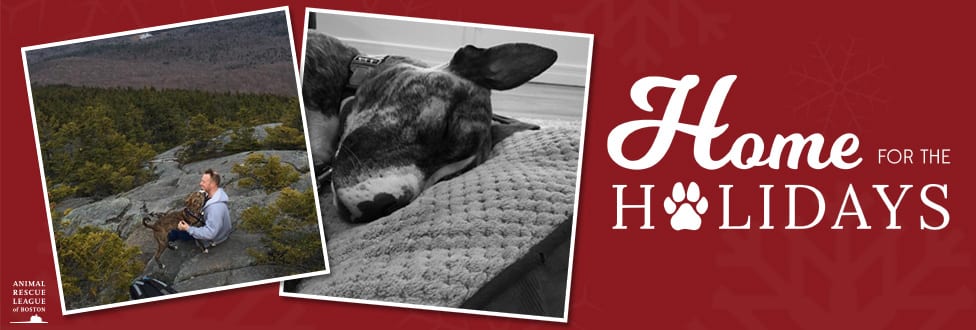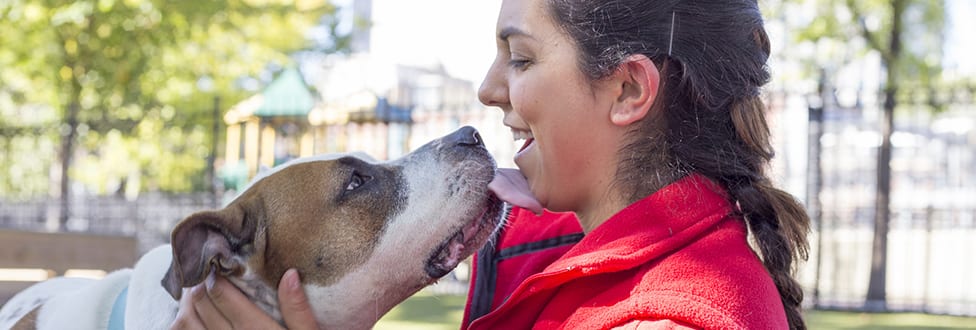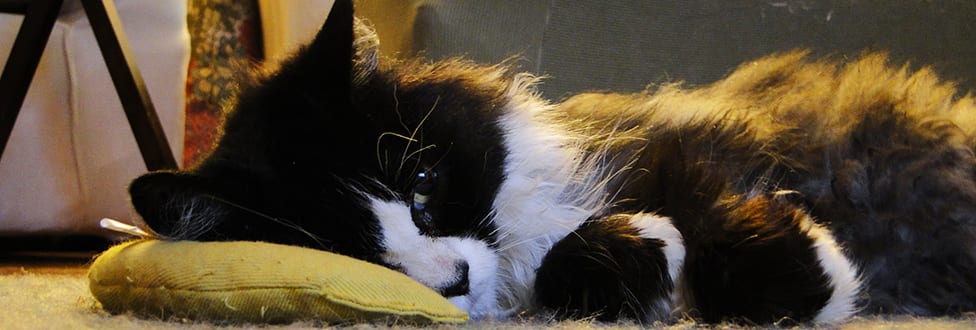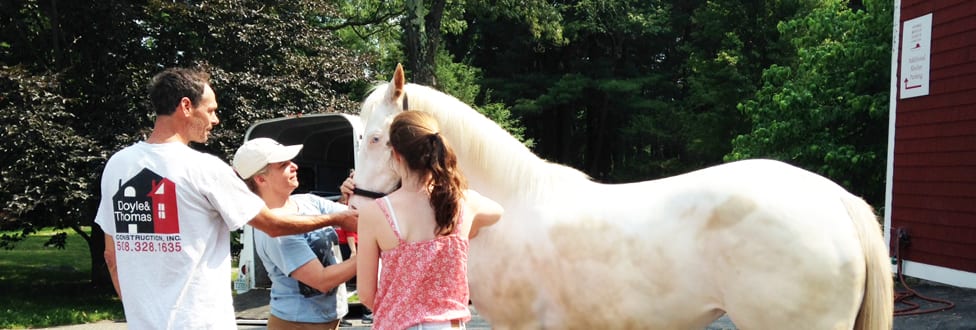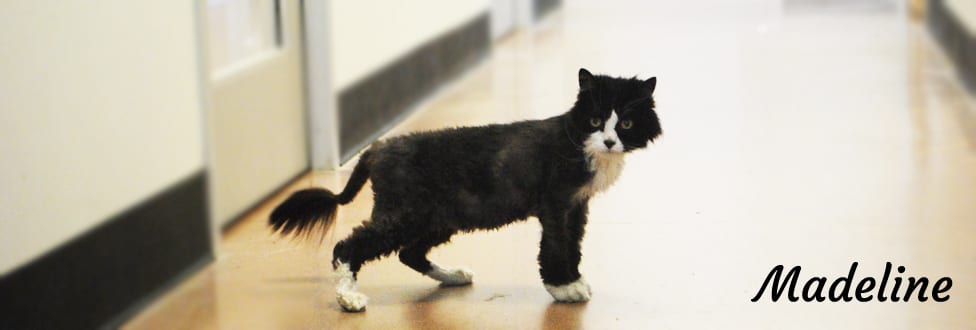Your Donations Gave Pearce a Chance at a Better Life
5 days and $763,300 left to help animals like him in 2016
Only because of YOUR generous donations are special animals like Pearce able to find a home for the holidays!
In March of this year, 7-month-old Pearce arrived at the ARL’s Boston shelter.
Adorable and playful, the tortoise shell-colored Pittie-mix was adopted quickly despite his jumpy-mouthy behavior. Confident that he would outgrow this puppy-like demeanor, his new family enrolled him in ARL’s training courses. Unfortunately, after a few weeks without improvement, his owners made the difficult decision to return him to the ARL.

Thanks to your incredible support, Pearce will enjoy many years of nature hikes with his forever family! Click his photo to DONATE to the ARL and help other animals like him.
Two weeks later, Pearce’s beaming smile won the hearts of an optimistic young couple. Up for the challenge, the duo brought the lovable, but over-the-top dog home. Within 48 hours, however, they were forced to return Pearce to the shelter after he mouthed at them so intensely that he caused bruising.
A couple of weeks after that, the strong-willed pup was adopted by a third family. Despite counseling and behavioral training, Pearce was returned within 24 hours for exhibiting the same rough behaviors.
At this point it was clear to ARL’s behavior and enrichment manager, Dot Baisly, that Pearce’s behavior was not that of “typical” puppy, but instead stemmed from a serious underlying issue.
“This poor dog had no stability in his life and displayed the tendencies of dogs that are weaned away from their mother and littermates too young to help them learn mouth control,” explains Dot. “Anytime Pearce changed his surroundings, he experienced feelings of intense anxiety. These nerves manifested into temper tantrums, which made the forceful mouthy behavior more pronounced.”
YOUR generous donations gave Pearce hope for the future… DONATE NOW
Every day for the next 5 months, Pearce underwent intensive training to teach him how to appropriately interact with people and other dogs. Dot in conjunction with ARL’s Behavioral Modification (MOD) Squad, volunteers, staff, and outside professionals dedicated over 100 hours to rehabilitate him.
Pearce’s extensive enrichment and behavioral program consisted of nose work and agility training, social activities with other dogs, such as walks and playgroup, kennel enrichment and obedience training, and office and home fostering to help him decompress from the busy shelter environment. Pearce even attended an off-site 3-week board, train, and daycare program- and did wonderfully!

“He makes us laugh daily,” exclaims Pearce’s new mom! Oh, and his favorite time of the day? Snuggle time with his dad Jon, of course!
8 long months after he arrived at the ARL, Pearce found a home for the holidays!
The snuggly pup has been in his new home with his mom, dad, and feline brothers for just over a month now and has adjusted very well!
Pearce is also making big strides in his obedience training with a professional trainer and is a favorite at the daycare he attends 4 times a week!
“He makes us laugh daily,” says Pearce’s new mom Katy Hayes. Thank you to the ARL for all of your work with Pearce and giving him a chance to find his forever home. We really appreciate the hours upon hours you gave to him and to us to ensure he transitioned and adjusted in a healthy and productive manner!”
The clock is ticking, and we still need to raise $763,300 by December 31!
At the ARL, a love for animals inspires us to do more. We receive no government or public funding and rely entirely on the support of people like you to give deserving animals like Pearce the chance at a better life!
A big THANK YOU to Macy’s for helping to more animals like Pearce find a home for the holidays, and to everyone who has donated to the ARL to help animals in need!

